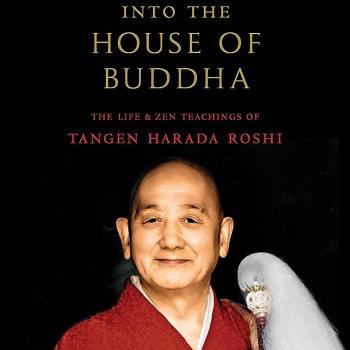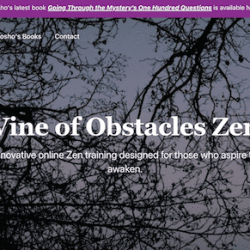You might be surprised to learn that many Zen priests in West haven’t done monastic practice and that a number haven’t done a seven-day sesshin.
Some people with dharma transmission have done hundreds of sesshin and years of monastic practice. Others have worked through hundreds of koans and/or studied the Shobogenzo exhaustively. Some have not. Dharma transmission is completely up to a teacher who has received dharma transmission so the range of training among those with dharma transmission varies widely, with some relationship to lineage customs.
In addition, some lineages regard an awakening experience as important and others don’t.
Zen consumer of dharma beware! and don’t assume anything about a Zen teacher. Ask lots of questions about the person’s training and experience.
Imv, thorough training is a necessary but insufficient condition for teaching. Personality variables are also important. Not everyone with thorough training is going to be the right type to teach or to be a minister.
The Soto Zen Buddhist Association (SBZA) board recently proposed to the membership to consider adding a requirment for full membership of six months of ango (literally, “peaceful dwelling,” i.e., monastic practice). It seems that the majority of the responses on the listserve have been against this.
James Ford and Kyogen Carlson have posted a discussion on this topic at Monkey Mind. I read through the venerables’ blog posts and want to thank James and Kyogen for the intelligent and respectful conversation.
Here I’d like to add my <2 cents with a roughly edited version of what I posted on the SBZA listserve.
First, imv, ango is about awakening and investigating “dharma” in the sense of “the way to live an awakened life.” Obviously, adaption is needed now to the global culture but one essential element is giving oneself over to it and not doing it on one’s own terms. And even in the modern world, some long period of time set aside for this seems incredibly important – it has been for me. A few 10-day retreats (one of the alternate proposals) could in no way approximate an extended period of steeping oneself in an ango.
Although contemporary Soto has drifted from the importance of verification in the practice-verification standard, imv, from Dogen to Keizan and even Bokusan
in the 19th century (disparaged as the old boy was by Yasutani) all were clear about the importance of the “deep settled mind of the Soto school” for which verification is essential and all lived much of their lives in ango.
Zen has always been conservative in that sense – conservatively pointing to the essential for future generations (even if not so popular at any given time), so the conservative grey-hairs (and hairless one’s too) on the board are in long-standing good company.
From my experience of various styles of practice, it seems that deep settled mind is so much more salient in ango that I feel sad to see ango sometimes dismissed in contemporary Zen discourse, often by those who have not had the experience.
“Awakening” in lay life is much like dry insight in Vipassana – what’s seen is the same but the deep settled mind allows insight to penetrate more thoroughly. Ango provides guidance, also, in how to live that awakening. Not that such a person is necessarily a good minister.
I agree with Kyogen in the hope that there will be young people, especially in the post-peak oil collapse, that will find ango living to be profoundly meaningful and inexpensive too!
At the same time, I agree with those who suggest that for the formation of ministers, other forms of practice are probably more effective and should also be strongly encouraged or even required (including undertaking psychotherapy to investigate one’s own issues and programs like the Sogaku Institute). However, if we are only about training ministers, I think we miss a lot.
I suggest that having different recognized “tracks” – minister, monastic-dharma transmitter, cyber-trained priest, etc. (but with nicer names) – would be one way through this conundrum for SBZA that would also open the doors to those who identify as lay teachers and live lives virtually identical to those who identify as priests.











